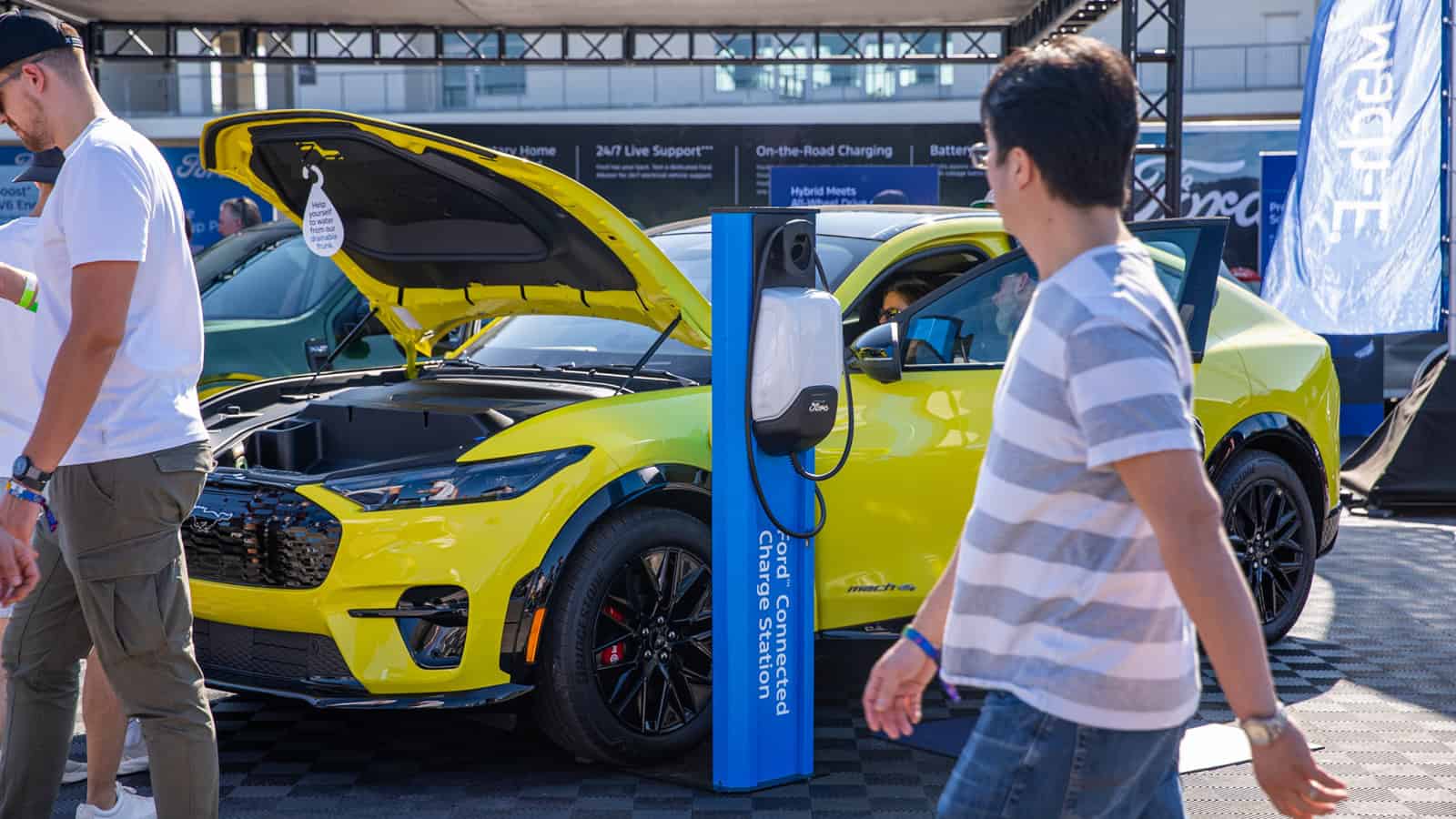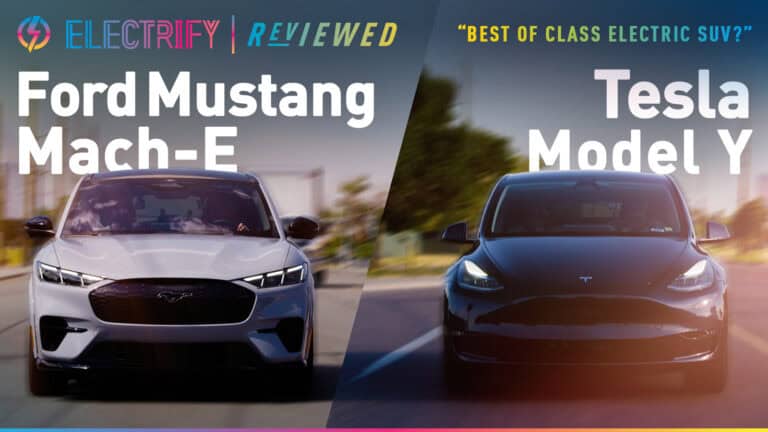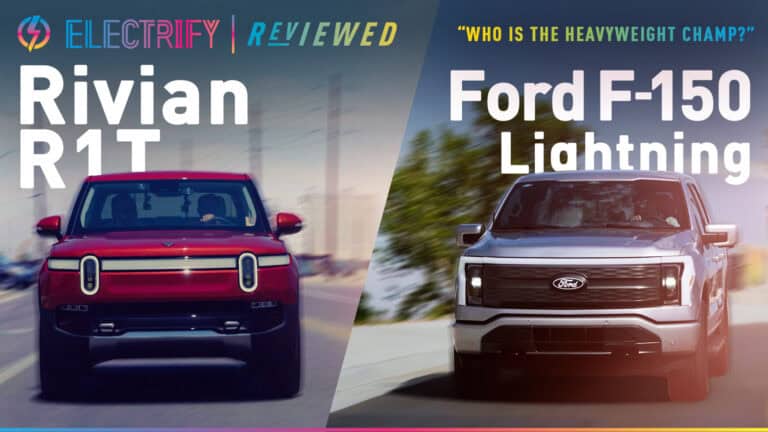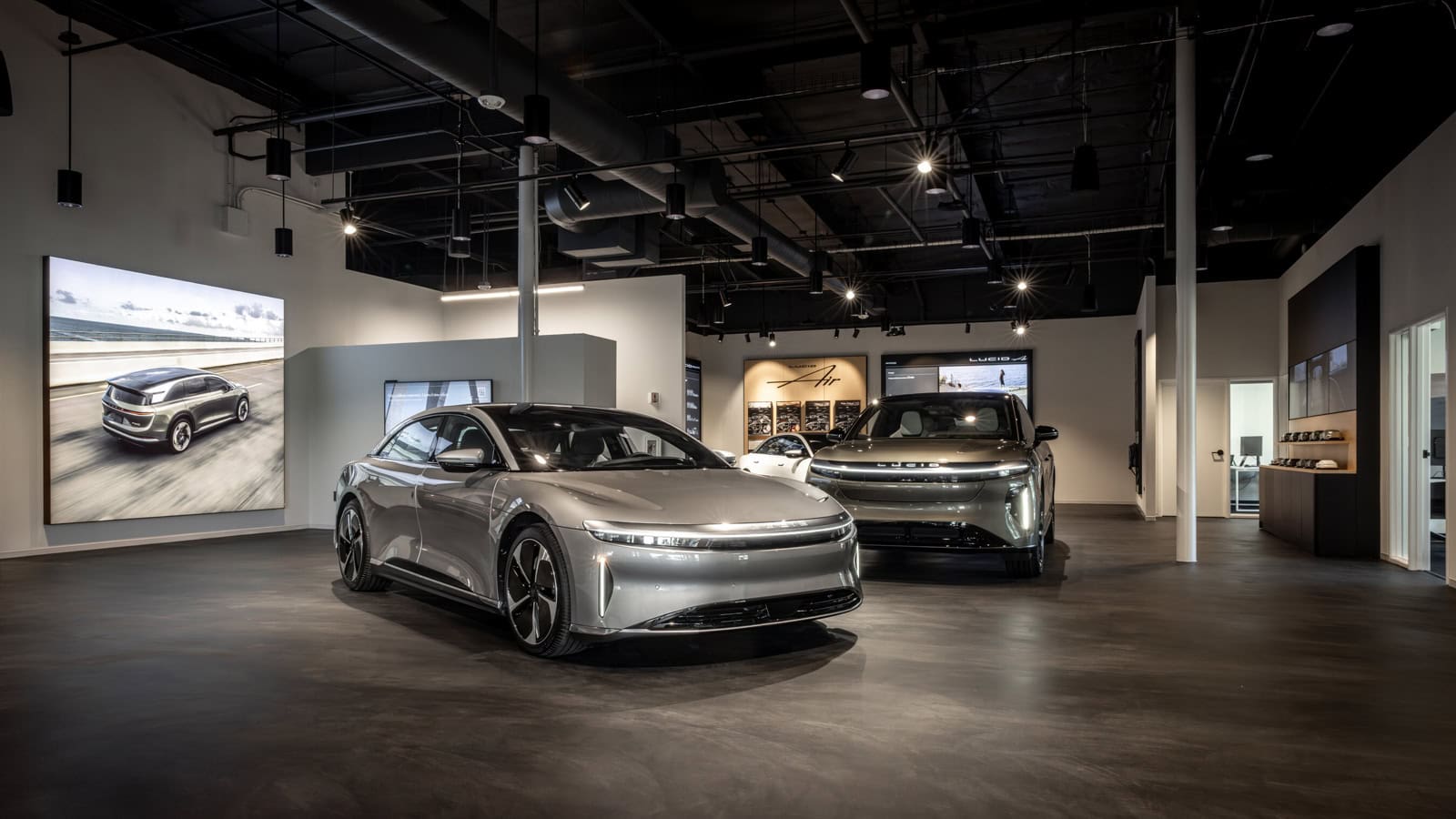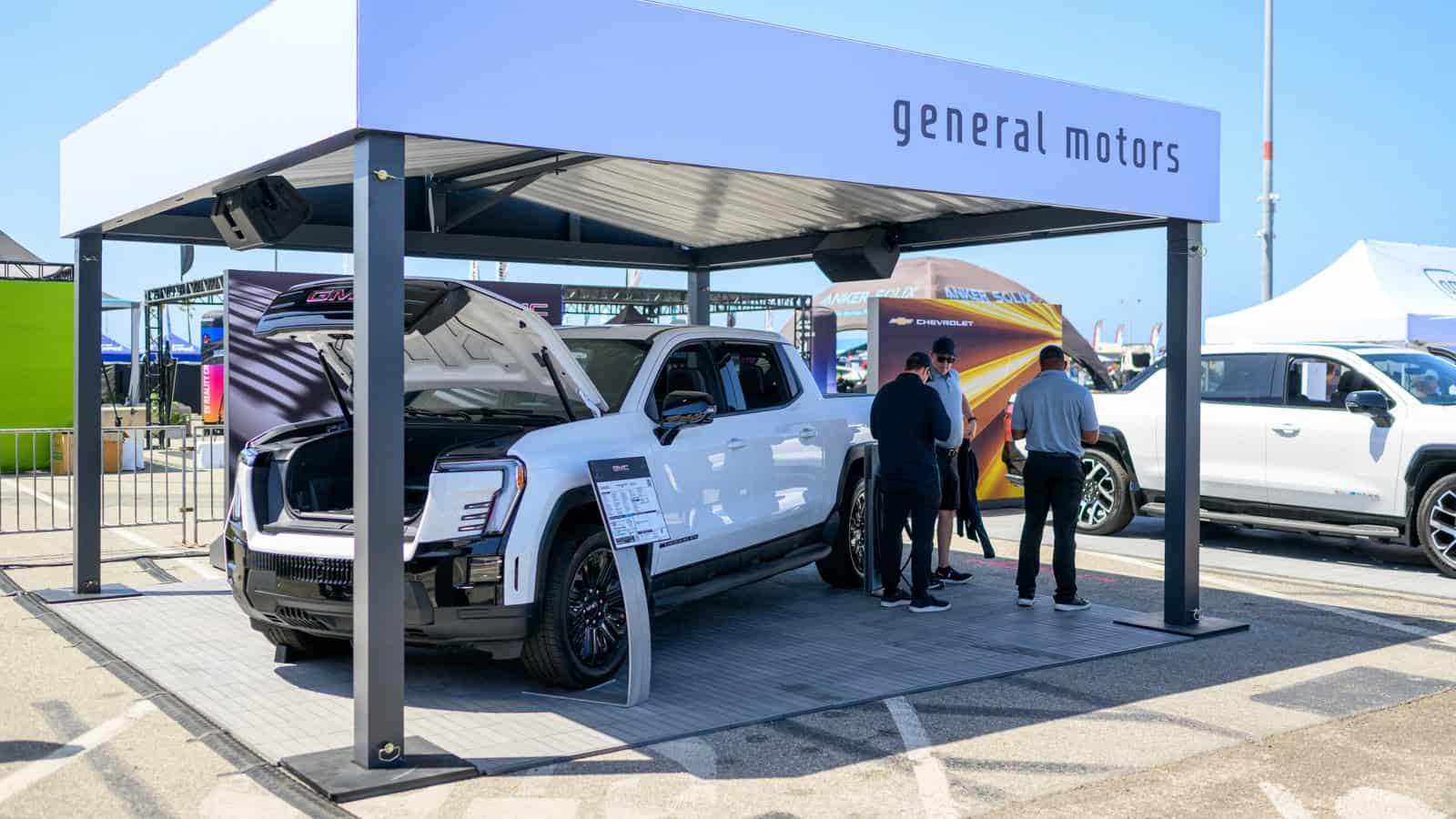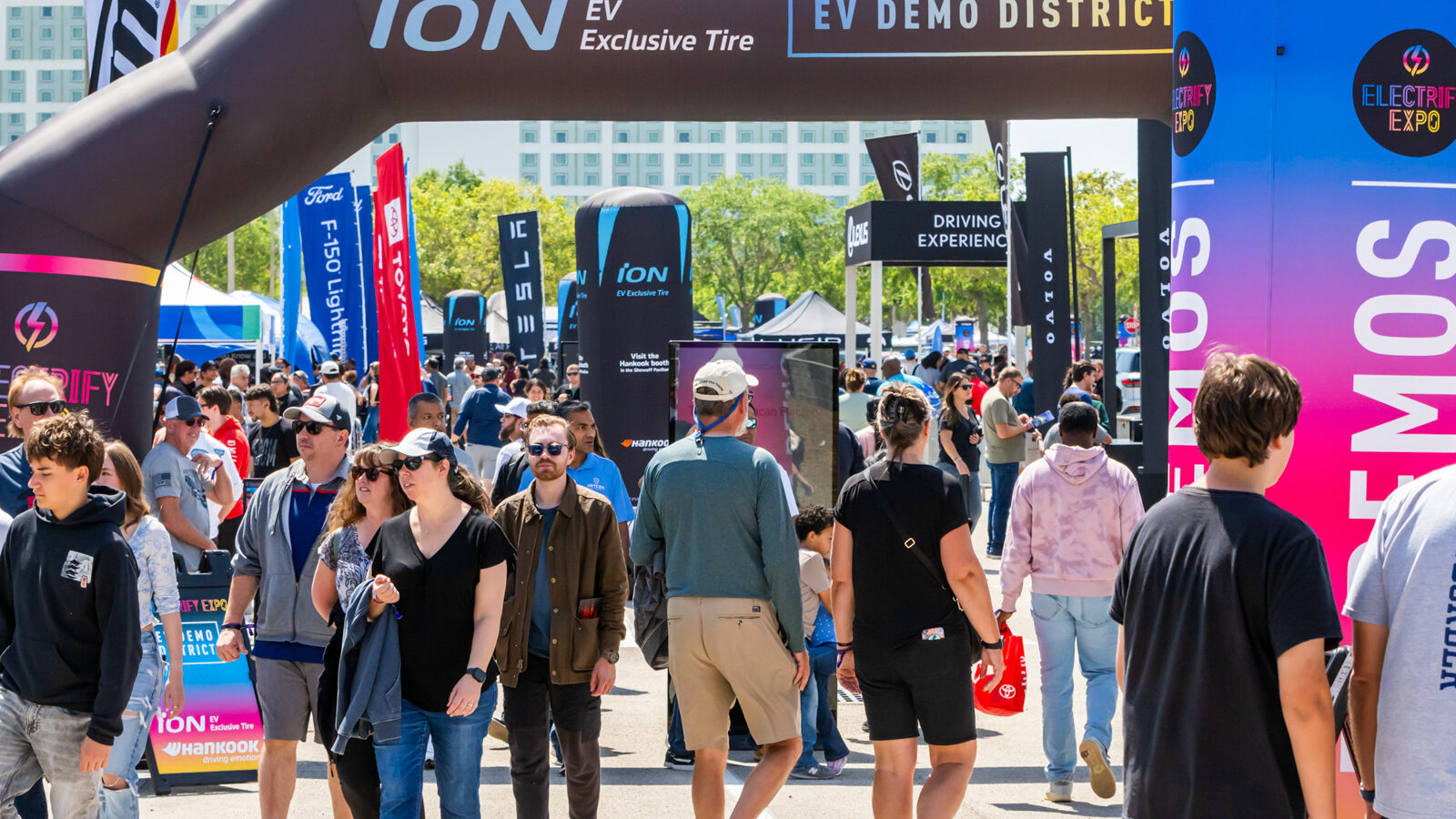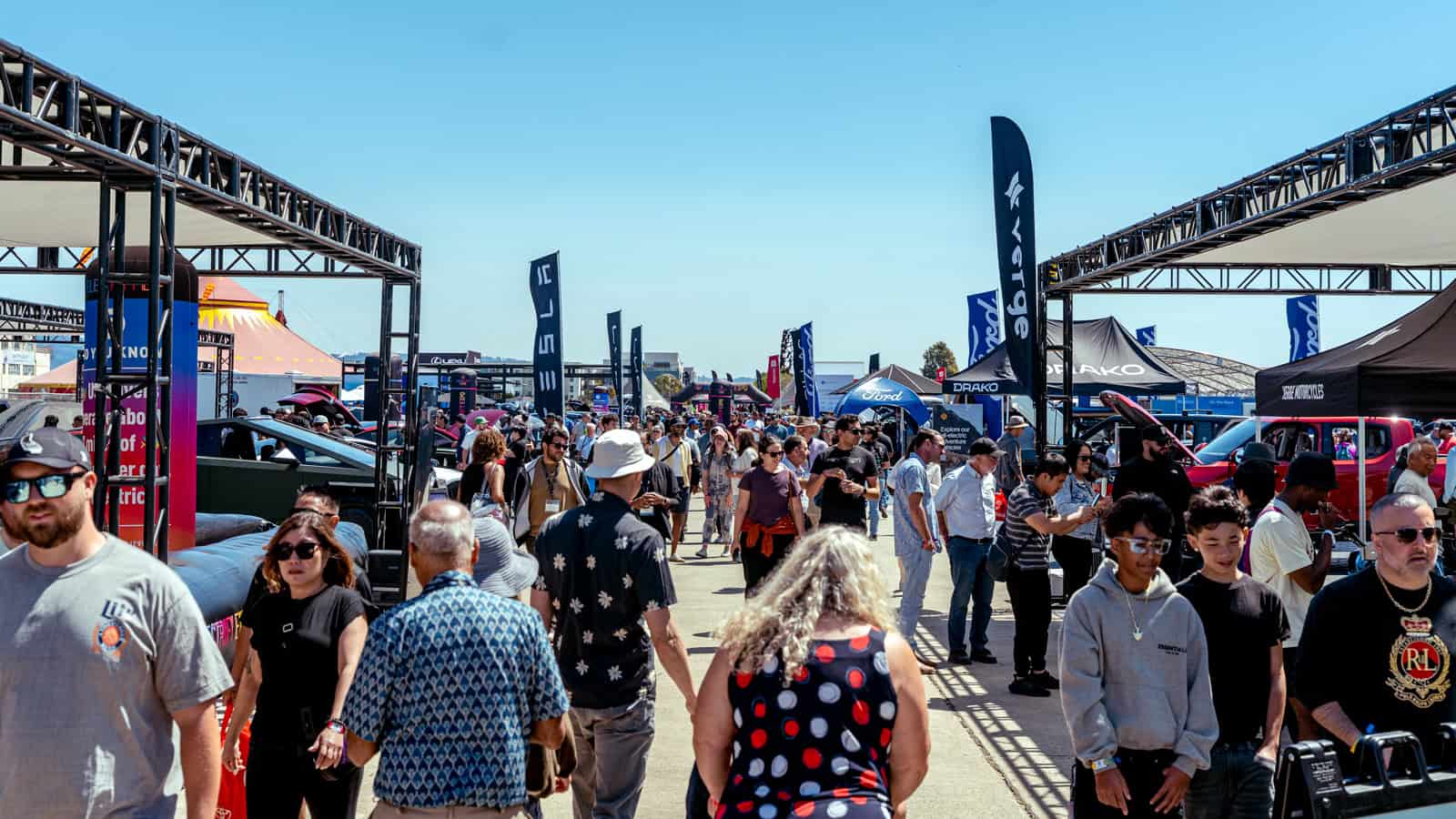- California electric car mandate requires 100% zero-emission vehicle sales by 2035.
- Drivers save $7,500 on average with lower maintenance and fuel costs.
- Proposal shifts EV rebates to lower-income buyers, potentially excluding luxury brands like Tesla.
ADVERTISEMENT
California is moving forward with the Advanced Clean Cars II (ACC II) regulation, a plan to gradually phase out the sale of new gas-powered vehicles by 2035. The Biden-Harris Administration has approved a Clean Air Act waiver, allowing California to implement this regulation fully.
The policy highlights the state’s commitment to cleaner air, improved public health, and economic benefits. Beginning with the 2026 model year, automakers are required to ensure that 35% of their new vehicle deliveries to California are zero-emission, increasing to 100% by 2035.
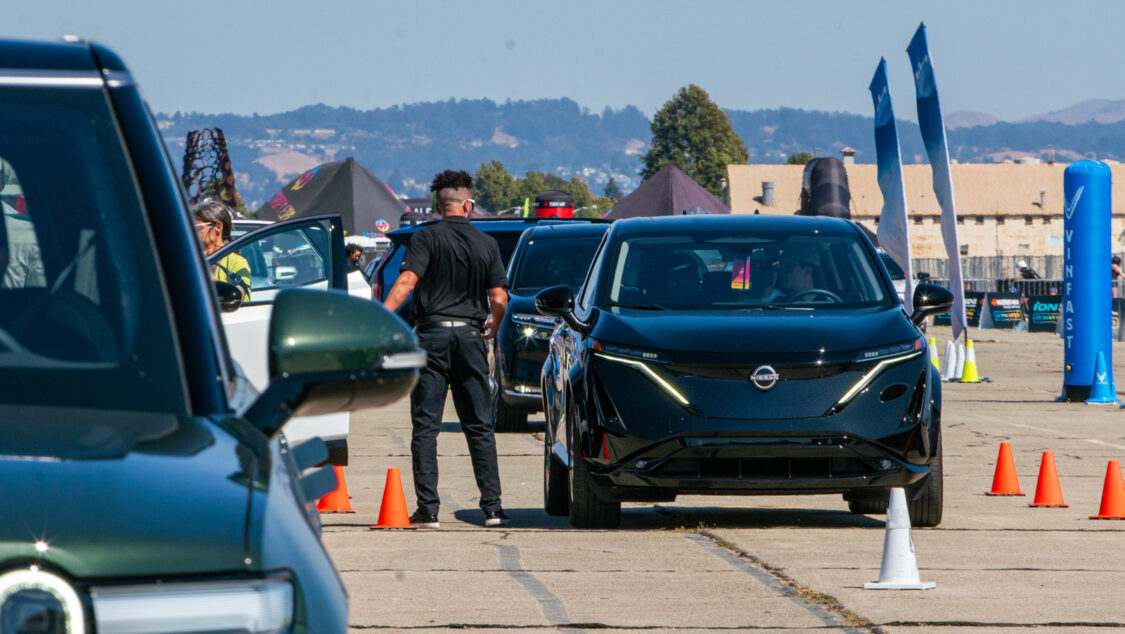
California Advances Clean Cars for Healthier Air and Savings
Governor Gavin Newsom stressed the regulation’s dual benefits for consumers and the environment. “Clean cars are here to stay,” he declared. “The Biden-Harris Administration reaffirmed what we’ve known for decades—California can rise to the challenge of protecting our people by cleaning our air and cutting pollution.”
The ACC II regulation addresses California’s largest source of air pollution, fossil-fueled transportation. By phasing out emissions from new passenger vehicles, it plans to reduce pollutants by over 25%, saving $13 billion in public health costs and improving respiratory health for millions of residents.
ADVERTISEMENT
California Electric Car Mandate Saves Drivers Thousands
The economic benefits of ACC II are clear. Drivers can save an average of $7,500 over a vehicle’s lifetime due to lower maintenance and fuel costs. With the continued decline in battery prices, zero-emission vehicles are becoming increasingly accessible, with many models priced under $40,000 and some available for less than $30,000.
To further enhance affordability, Governor Newsom has proposed overhauling EV tax credits and rebates with a focus on income-based eligibility. This approach directs financial incentives to lower-income consumers who might otherwise struggle to afford EVs. “We need to ensure that clean vehicles are within reach for all Californians, not just the wealthiest,” Newsom stated.
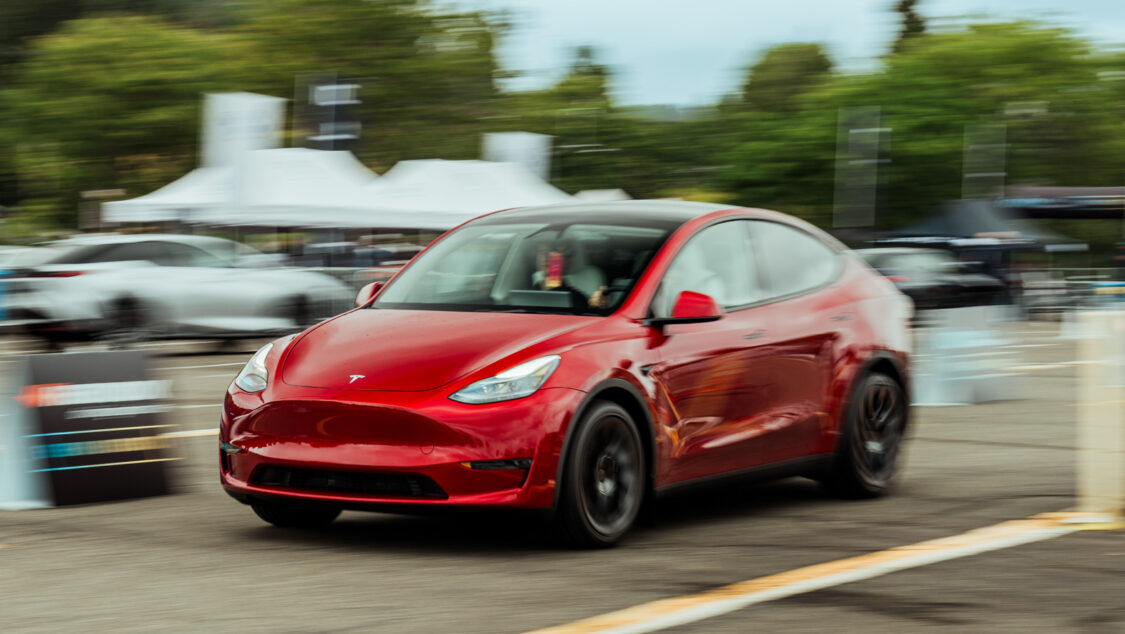
While aligned with the state’s broader goals of equity and accessibility, this proposal has raised concerns. Critics argue that it could exclude certain luxury brands, such as Tesla, which dominate higher-income markets, potentially limiting options for wealthier buyers.
California’s rebate programs and utility incentives make zero-emission vehicles more affordable, particularly for lower-income drivers. Governor Newsom reiterated the state’s dedication to maintaining and expanding these programs, stating that California “would step in to provide rebates” should federal tax credits face elimination under the incoming Trump Administration.
ADVERTISEMENT
California Expands EV Charging Infrastructure to Meet Demand
California’s electric vehicle mandate prioritizes infrastructure development to meet growing demand. The state currently offers over 150,000 publicly accessible charging stations, with plans to add 17,000 more. Projections from the California Energy Commission indicate the number of public chargers will reach 250,000 in the coming years. Additionally, approximately 500,000 private home chargers are already installed statewide, providing essential support for the expanding zero-emission vehicle fleet.
Liane Randolph, Chair of the California Air Resources Board (CARB), highlighted the alignment between regulation and infrastructure development, “Consumers and fleets are increasingly making the choice to drive clean vehicles, and today’s waiver approvals will further that progress.”
ADVERTISEMENT
Stricter Standards and More Choices for Zero-Emission Vehicles
The ACC II regulation requires vehicles and batteries to meet stricter durability standards, supported by stronger warranties. This ensures greater reliability for both new and used zero-emission vehicles, building consumer confidence. With options ranging from subcompacts to light-duty pickup trucks, the growing variety of models offers choices that cater to a wide range of needs.
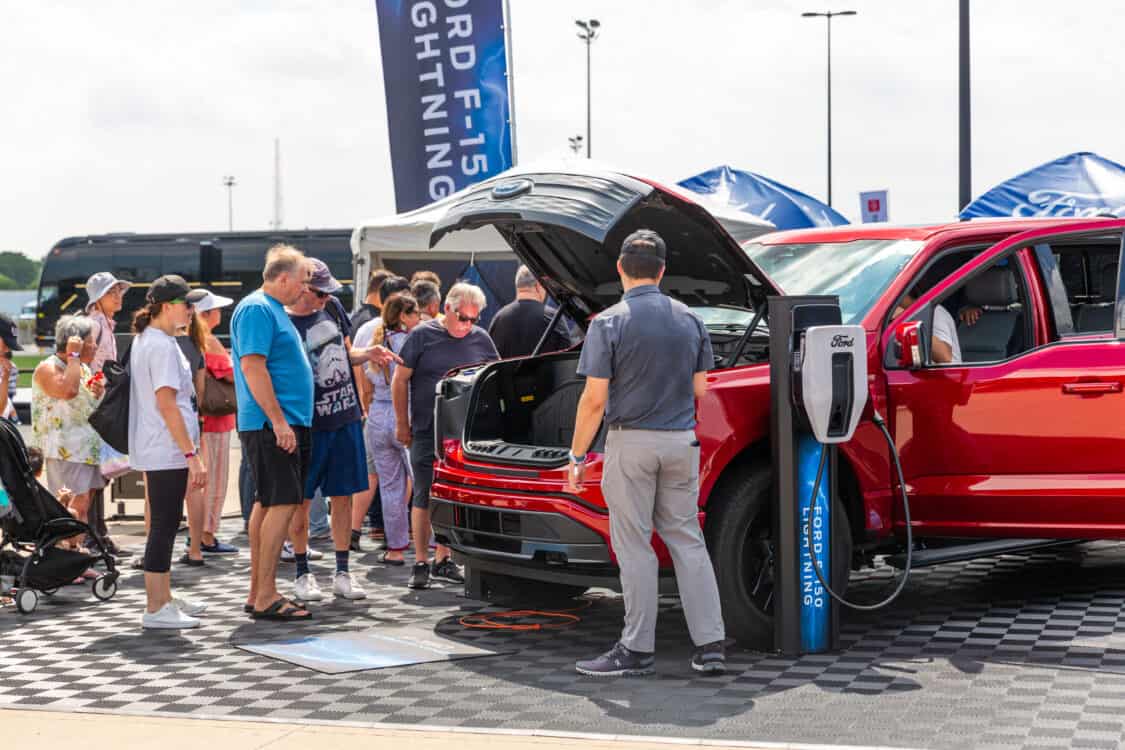
California Drives Zero-Emission Vehicle Adoption Nationwide
California’s policies often set a precedent for the rest of the United States. With more than two million ZEVs already sold in the state, over a quarter of new car sales are now zero-emission. Automakers have embraced this trajectory, recognizing that “the future of transportation is zero-emission,” as the regulation’s proponents have stated.
The Biden-Harris Administration’s approval of California’s heavy-duty omnibus regulation, focussed at reducing nitrogen oxide emissions from trucks, highlights a thorough approach to addressing pollution from transportation. Automakers are responding to these policies by focusing on zero-emission vehicle development and scaling production to meet growing demand.
ADVERTISEMENT
California Electric Car Mandate Allows Hybrid and Gas Vehicles
The ACC II regulation does not ban internal combustion engine vehicles outright. Instead, it introduces new requirements for the types of vehicles that can be sold in the state. Plug-in hybrids remain available, and traditional gas-powered vehicles are expected to remain on the roads for years. To support these older vehicles, California’s Low Carbon Fuel Standard ensures a cleaner fuel supply.
By addressing environmental, economic, and technological needs, California’s electric car mandate focuses on protecting consumers, lowering costs, and expanding infrastructure. This approach carefully prepares the market for a future where zero-emission vehicles dominate.
ADVERTISEMENT

IMAGES: ELECTRIFY EXPO
FTC: We use income-earning auto affiliate links. Learn more.


